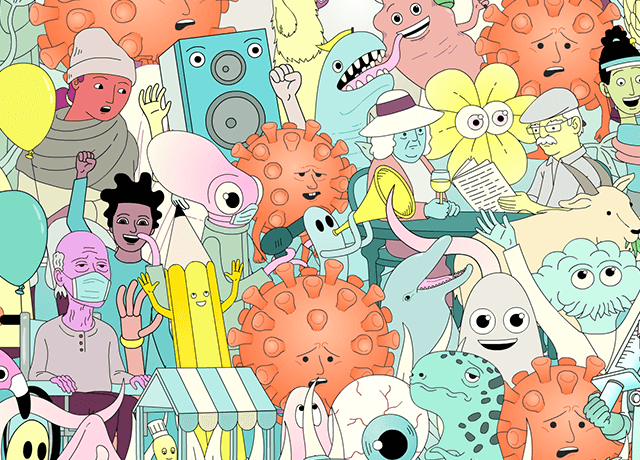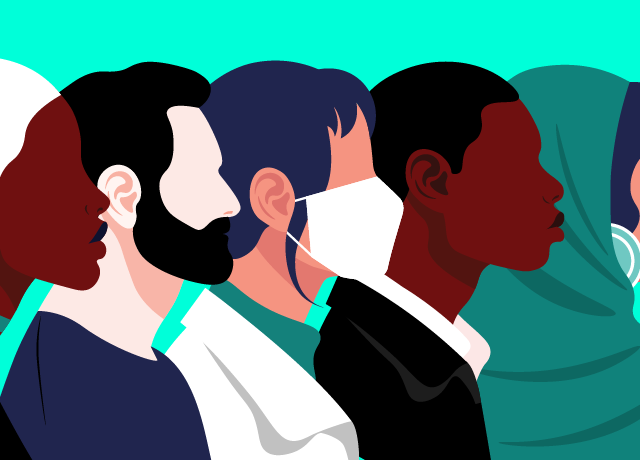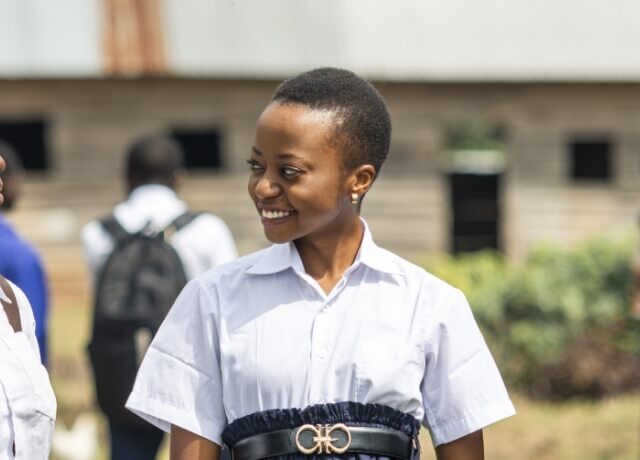ONE members were ready to help, and we set out a clear goal at the start of the year to help the Global Fund raise the needed pledges. And we did it!
The Global Fund has helped save 27 million lives since its creation in 2002. That’s 27 million people who can live, work, attend school, and contribute to their communities without the burden of AIDS, tuberculosis (TB), and malaria.
The Global Fund is a partnership between governments, civil society, the private sector, and people affected by the diseases. It supports programmes run by local experts in countries and communities that need it the most.
In 2019, despite impressive progress that had already been made, the resurgence of these three diseases was an imminent reality. That’s why the ONE Campaign worked for nearly a year to ensure the Global Fund was fully funded. And despite competing priorities and sluggish economies, 58 countries united together in “an unprecedented show of global solidarity,” marking the largest replenishment of a multilateral health organisation in history.
What we achieved
- On 10 October 2019, world leaders and donors gathered in Lyon, France, to make new Global Fund pledges. The Global Fund met the US$14 billion pledge for the first time.
- The pledge marked the largest replenishment of a multilateral health organisation in history.
- The Global Fund met the US$14 billion pledge for the first time in its history and can now help save 16 million lives between 2021 and 2023.
Impact

The Global Fund met the US$14 billion pledge for the first time.

These funds will help save 16 million lives between 2021 and 2023.
What we did
An incredible 140,000+ members signed our petition calling on global governments to show ambition in ending AIDS, tuberculosis, and malaria.
- We introduced you to Robinah, Celine and Sibule, three powerful activists and mentors who are fighting to eliminate HIV stigma.
- From Canada to France, and from Ethiopia to the UK, ONE volunteers came out in force to post on social media and knock on government doors to ask world leaders to step up the fight for the Global Fund.
- ONE Canada managed to convince the Canadian government to reverse its earlier decision not to pledge an increase. Instead Canada pledged CAD 930.4 million to the Global Fund for the next three years, a 16% increase from the previous pledge made in 2016..
- ONE US helped deliver 137 House Representatives’ signatures to Secretary of State Mike Pompeo.ONE Italian Youth Ambassadors met with the Italian Deputy of Foreign Affairs and Development Cooperation Emanuela del Re, who liked and RTed all of their tweets.
Inspired?
See some of our ongoing campaigns and learn more about how you can lend your voice to fight against extreme poverty.



